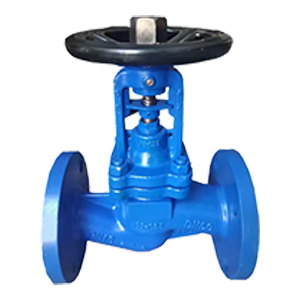The opening and closing time of a globe valve is the amount of time it takes for the valve disc to move from fully closed to fully open, or from fully open back to fully closed. Because a globe valve uses a linear rising stem and a multi-turn handwheel or actuator, its operating time is usually longer than valves like ball valves or butterfly valves.
Typical Opening and Closing Time
①Manual Globe Valve
-
Small sizes (DN15–DN50):
5–12 seconds with normal handwheel rotation. -
Medium sizes (DN65–DN150):
10–25 seconds depending on stem travel and operator force. -
Large sizes (DN200–DN350 and above):
25–60 seconds or more, since they require many turns to move the disc.
②Electric Actuated Globe Valve
-
Most electric actuators operate within:
20–60 seconds (standard speed)
Slow-speed actuators may take up to 120 seconds for large valves to avoid water hammer.
③Pneumatic Actuated Globe Valve
-
Faster than electric but slower than on/off valves.
General range: 3–20 seconds, depending on air supply and actuator size.
Why Globe Valves Take Longer to Operate
-
①The stem must travel a longer distance to modulate flow precisely.
-
②The handwheel requires multiple turns to avoid sudden pressure changes.
-
③The valve design prioritizes flow control and accuracy instead of fast shutoff.
-
④Slow operation helps reduce water hammer, especially in marine and industrial systems.
Factors That Affect Operating Time
-
①Valve size and pressure rating
-
②Stem thread pitch (fine threads = slower movement)
-
③Type of actuator (manual, electric, pneumatic, hydraulic)
-
④System pressure
-
⑤Friction or wear inside the valve
-
⑥Torque or speed settings on actuators
For marine applications, slower closing is deliberately used to protect seawater systems, ballast lines, and cooling systems from sudden pressure surges.
Post time: Nov-20-2025

